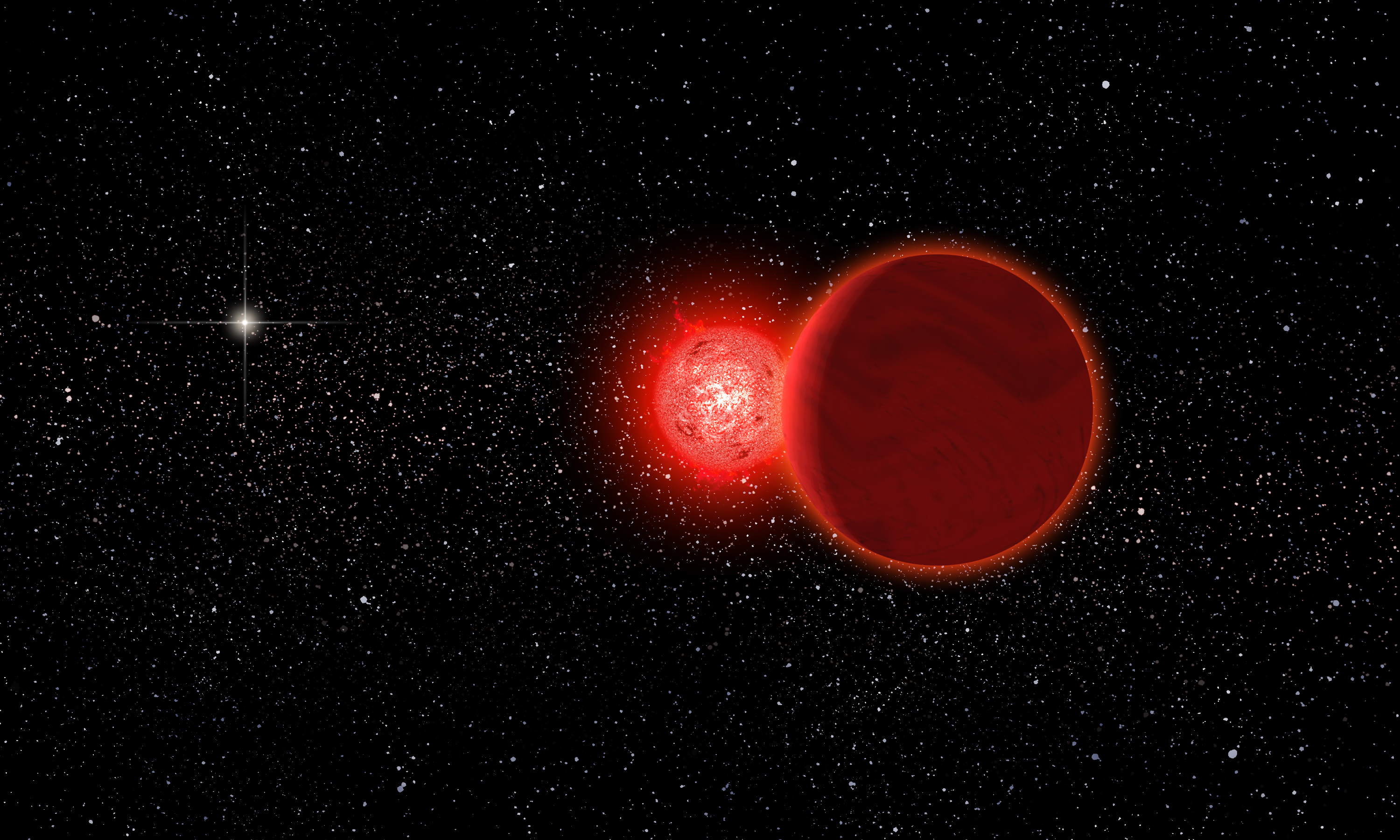
A close call of 0.8 light years
A recently discovered dim star likely passed some 70,000 years ago through our solar system’s distant cloud of comets known as the Oort Cloud. No other star is known to have ever approached our solar system this closely.
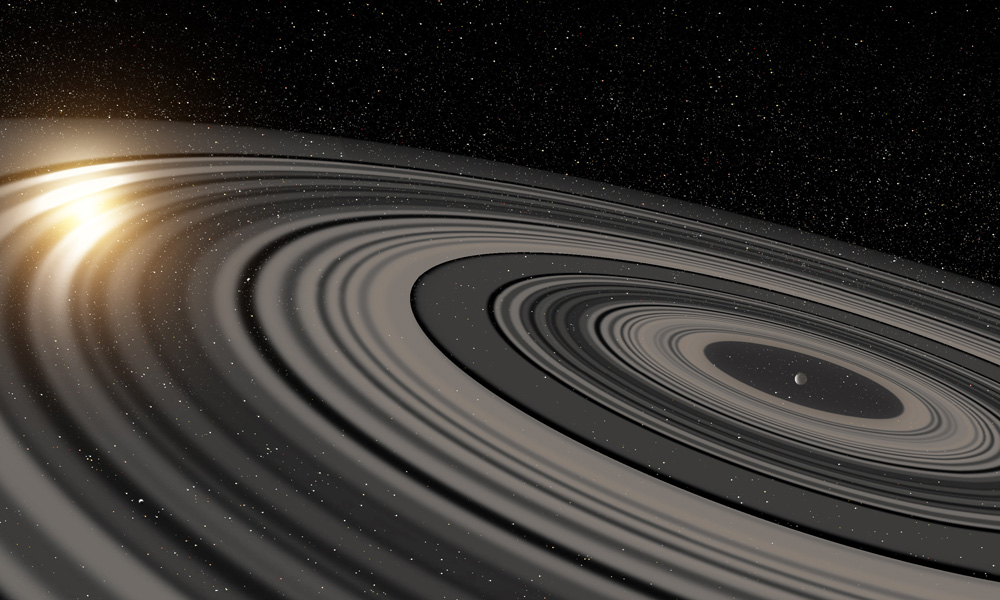
Gigantic ring system around J1407b much larger, heavier than Saturn’s
Rochester astronomers, along with colleagues at the Leiden Observatory in the Netherlands have discovered that the ring system that they see eclipse the very young Sun-like star J1407 is of enormous proportions, much larger and heavier than the ring system of Saturn.
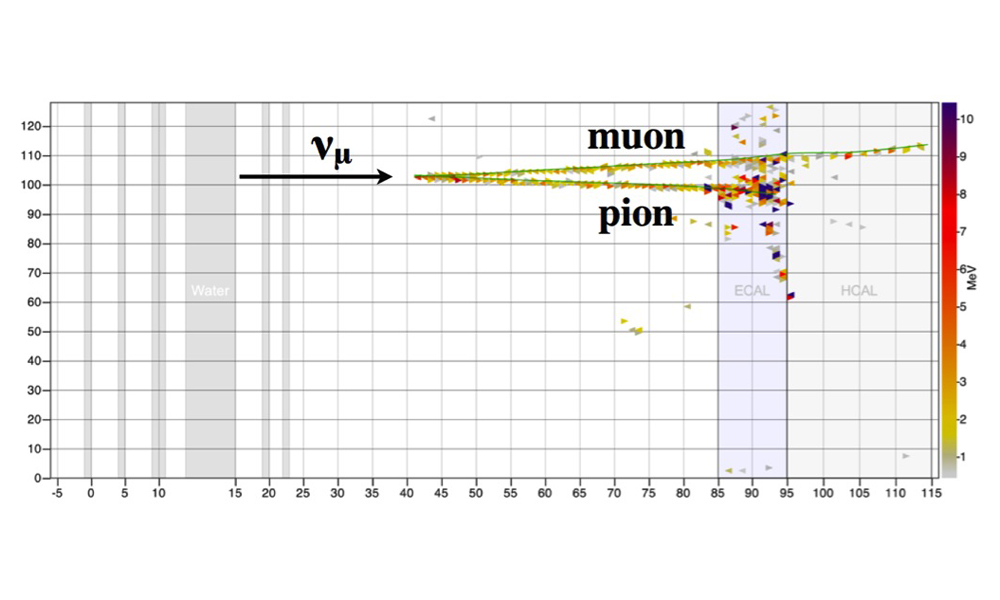
Researchers show neutrinos can deliver not only full-on hits but also ‘glancing blows’
In what they call a “weird little corner” of the already weird world of neutrinos, physicists have found evidence that these tiny particles might be involved in a surprising reaction. In an experiment conducted with the international MINERvA collaboration at Fermilab, physics professor Kevin McFarland and his students and colleagues provide evidence that neutrinos can sometimes interact with a nucleus but leave it basically untouched, resulting in a new particle being created out of a vacuum.

Molecular clouds show off potential, beauty of data visualization
“Simulated molecular clouds are beautiful, intricate, and ever-changing — properties that make them ideal candidates for high-powered visualization,” wrote PhD student Erica Kaminski about her award-winning images.

Sustainability, astrobiology combine to illuminate future of Earth’s technological civilization
How long can a technological civilization last? Will human-caused climate change or species extinctions threaten its collapse or can industrial development continue without restrictions? In a new paper, two astrophysicists argue that these questions may soon be resolvable scientifically.
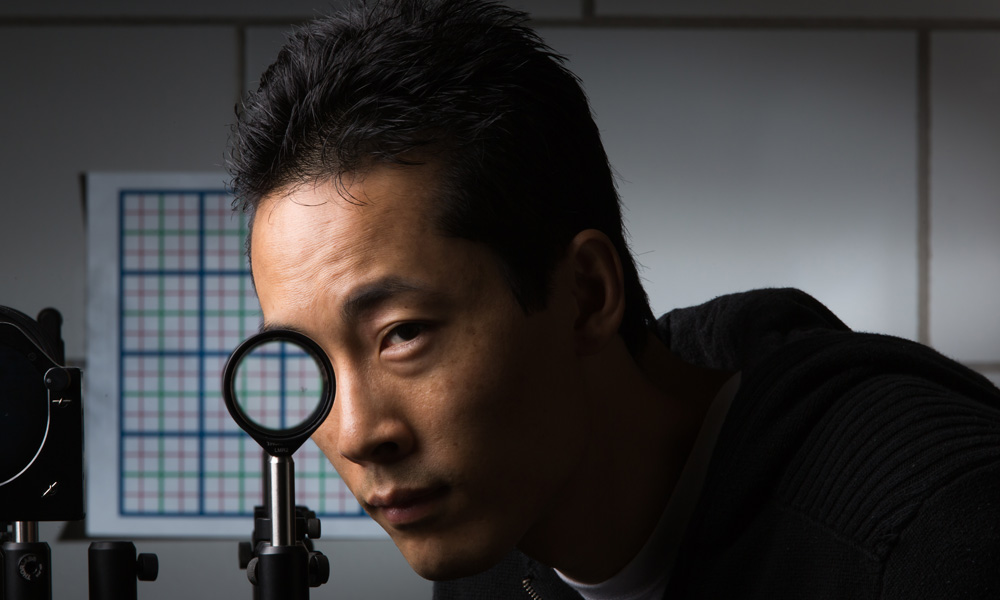
Invisibility cloaking device hides objects across range of angles
Scientists have recently developed several ways—some simple and some involving new technologies—to hide objects from view. The latest effort, developed by physics professor John Howell and graduate student Joseph Choi, not only overcomes some limitations of previous devices, but uses inexpensive, readily available materials in a new way. “This is the first device that we know of that can do three-dimensional, continuously multidirectional cloaking,” said Choi.
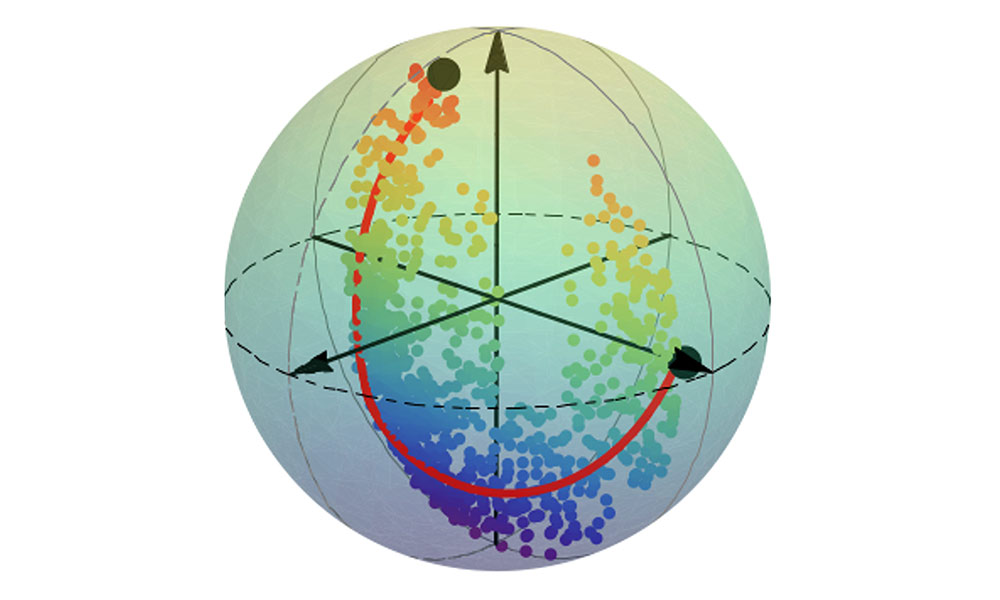
Mapping the optimal route between two quantum states
As a quantum state collapses, it will follow a path known as a quantum trajectory. In a new paper featured this week on the cover of Nature, scientists have shown that it is possible to track these quantum trajectories and compare them to a theory, recently developed by University of Rochester physicists, for predicting the most likely path a system will take.
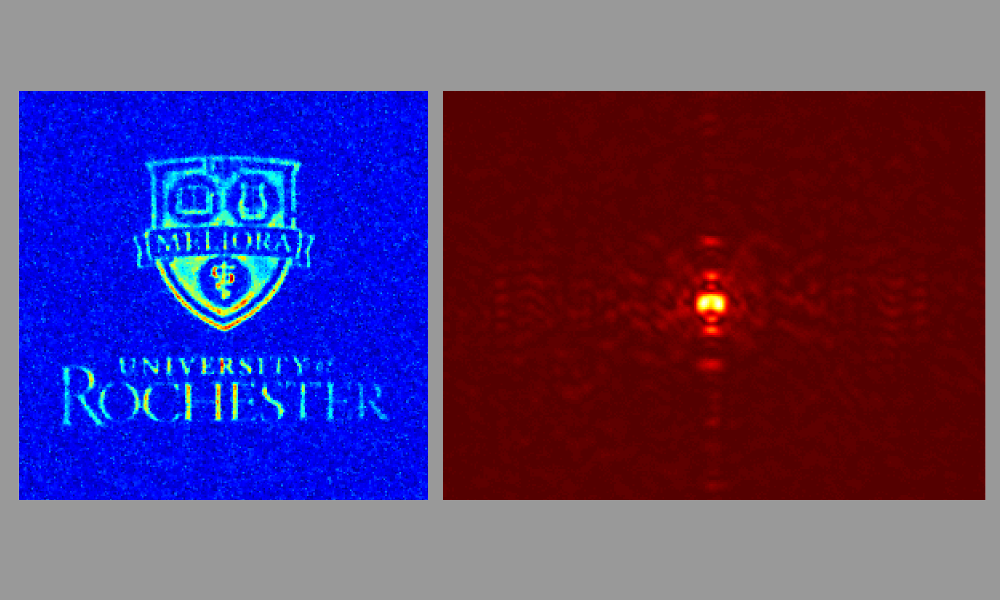
“Compressive sensing” provides new approach to measuring a quantum system
Physicists have shown that a technique called compressive sensing offers a way to measure both variables at the same time, without violating the Uncertainty Principle.
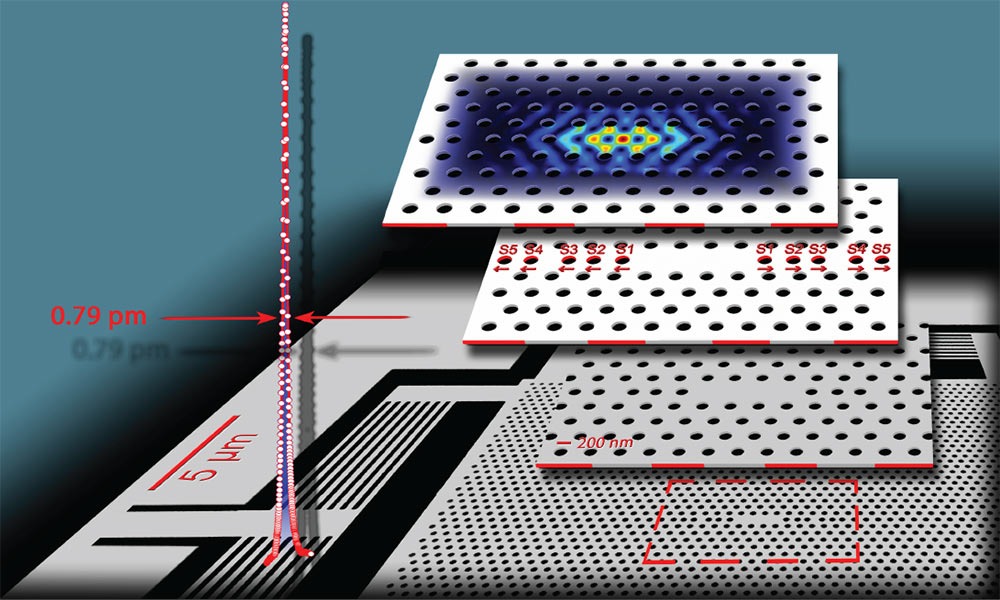
Trapping light: a long lifetime in a very small place
Physicists have created a silicon nanocavity that allows light to be trapped 10 times longer than in other similarly-sized optical cavities. Nanocavities are key components of nanophotonics circuits.
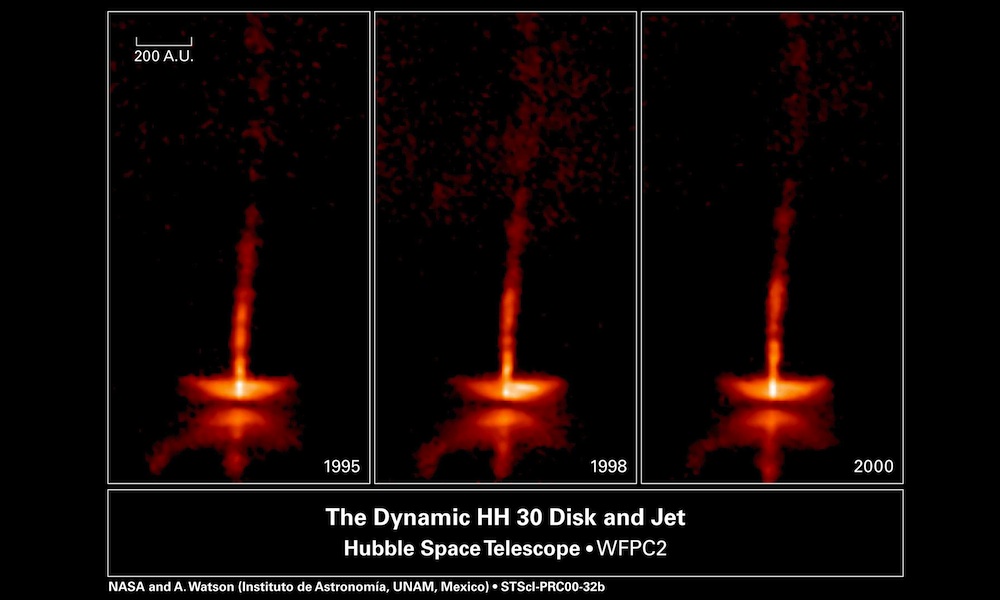
Experiment on earth demonstrates effect observed in space
Streaming jets of high-speed matter produce some of the most stunning objects seen in space. an experiment by French and American researchers using extremely high-powered lasers offers experimental verification of one proposed mechanism for creating them.
